Sowing a Garden, One Knit Flower At a Time
Providence-based artist Tatyana Yanishevsky’s sculptures of various plant species are botanically accurate in almost everything but their scale
In her early days experimenting with the craft, Tatyana Yanishevsky knit a sweater. “It took me forever,” recalls the artist, and she was disappointed with the finished product. “It was so ugly and ill-fitting.”
So she changed her tack.
“Somehow I made the connection that, oh, I should just knit these giant pieces that represent what I’m studying in my botany classes,” Yanishevsky tells me.
That was ten years ago, when she was a student at Brown University studying biology and art. For her senior thesis in visual art, Yanishevsky knit eight anatomically correct flowers. Today, she continues to straddle the arts and sciences, managing software development for an environmental consulting firm in Providence, Rhode Island, by day and knitting plant and human anatomy, and other natural forms, by night.
Since her undergraduate years, Yanishevsky has sewn—sown?—an entire garden of giant hibiscus, lilies, passionflowers and rose hips. Nineteen of her works were on display at the Brooklyn Botanic Garden this past winter in a show called “Knit, Purl, Sow.”
“It became this very illustrative approach,” she says, to studying plant physiology. “I’m going to document on a large scale in knitting all of these flowers and plants I’m studying because they are so fascinating and beautiful.”
Yanishevsky has always felt a strong connection between her subject and her medium. Just like a plant grows cell by cell, she says, she knits its replica stitch by stitch. “I felt like I was just copying the natural process,” she adds. “It made a lot of sense that I would just start growing these floral forms.”
Knitting is versatile with its various stitches and textures. “You have these petals and these veins that bring water and nutrients to different parts of the plant,” says the artist. “I can copy that in knitting by having cables and ridges.” For the translucent, airy parts of a flower, Yanishevsky uses lace, and for gnarly stems and roots, she prefers chunky yarn.
The artist has stitched replicas of house plants, threatened species, tropical varieties and weeds that, as she puts it, “might not be very beautiful but they are weird and interesting-looking anyway.” Yanishevsky studies illustrations in botany textbooks and photographs online; she also refers to specimens found in greenhouses and in the wild.
For example, to knit her rose hips, the artist picked some from the side of the road and dissected them. The innards and cross-sections of a plant’s organs are most helpful to her. “If I can figure out how the plant developed, then I can think about how the different organs should connect in my pieces,” she says.
The scientific community has recognized Yanishevsky’s attention to detail. “We were impressed with the way a lot of her pieces show all the parts of the flower or plant, the roots,” Sonal Bhatt, vice president of education and interpretation at the Brooklyn Botanic Garden, told the Wall Street Journal. “We want the public to appreciate nature another way.”
The only aspect of Yanishevsky’s sculptures that is not true to life is their size. Her “Anatomically Correct Passionflower” is three feet tall, and her “Tiger Lily” is five feet wide. For this reason, the pieces have been called “cartoonish,” “monstrous” and “confrontational.” The Wall Street Journal likened the stamen of her passionflower to the “googly-eyed look of a friendly Pixar alien.”
“Nobody notices them because they are tiny,” Yanishevsky says, of the original species. “But if they are blown up to a large scale then people can see their beauty and their intricacy.”
/https://tf-cmsv2-smithsonianmag-media.s3.amazonaws.com/accounts/headshot/megan.png)
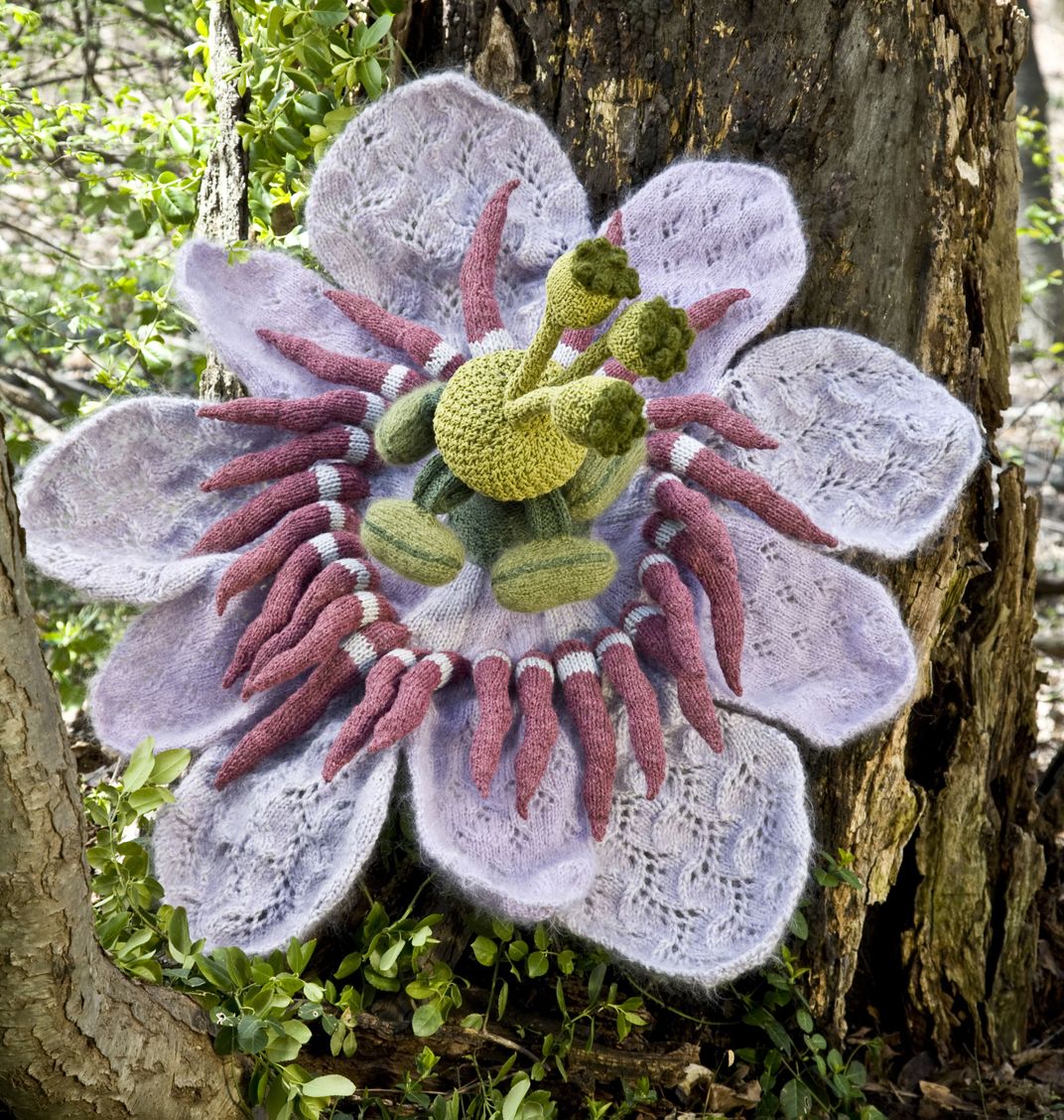
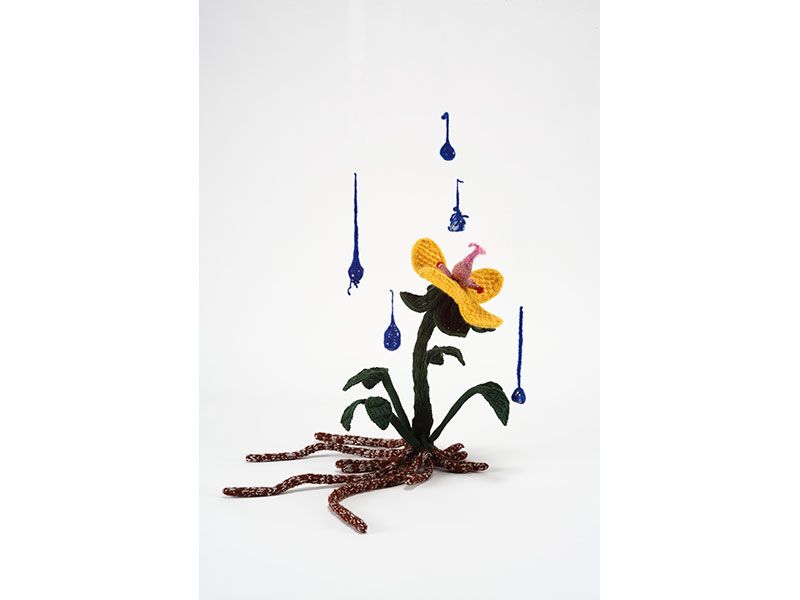
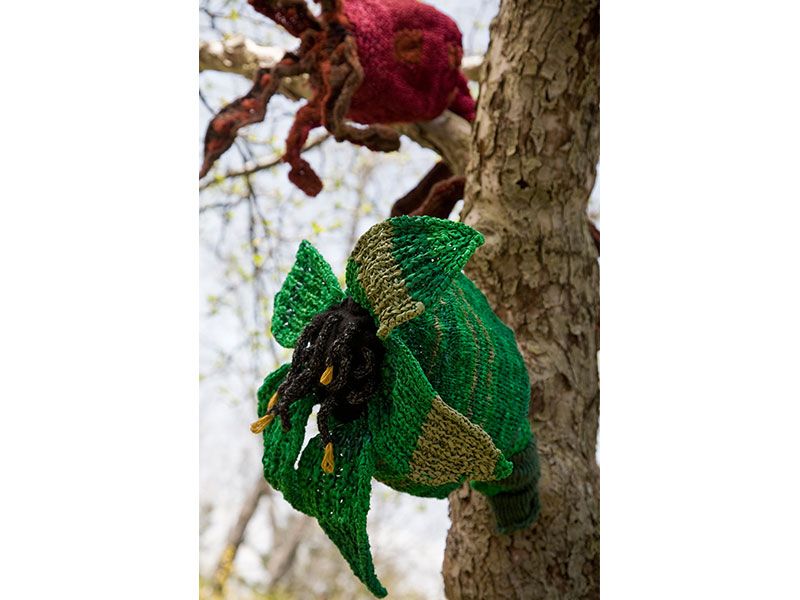
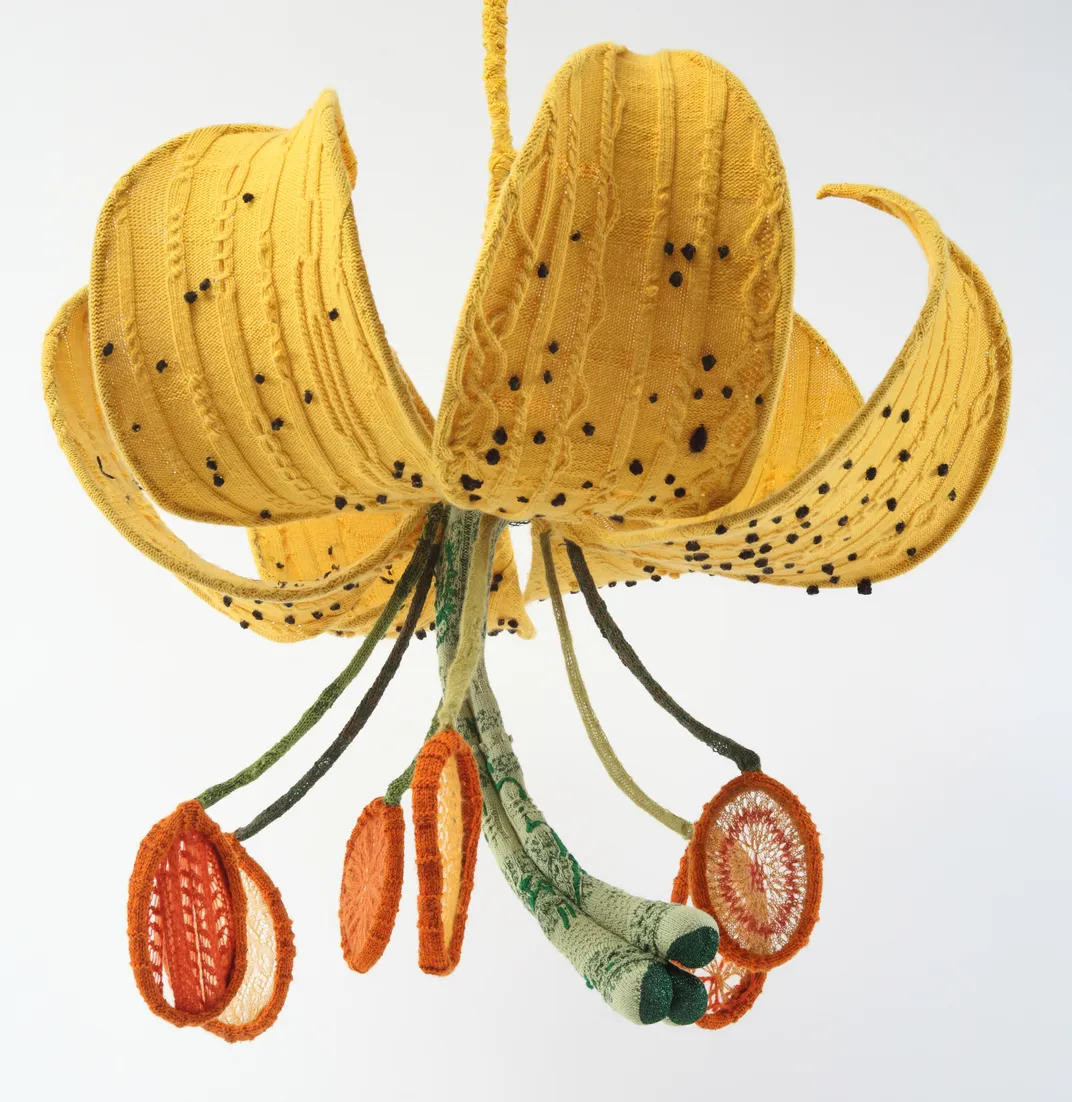
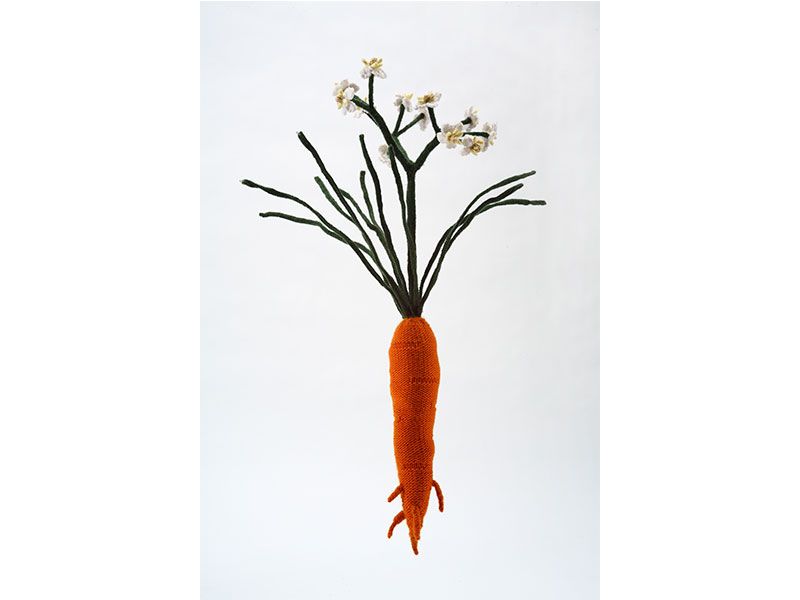
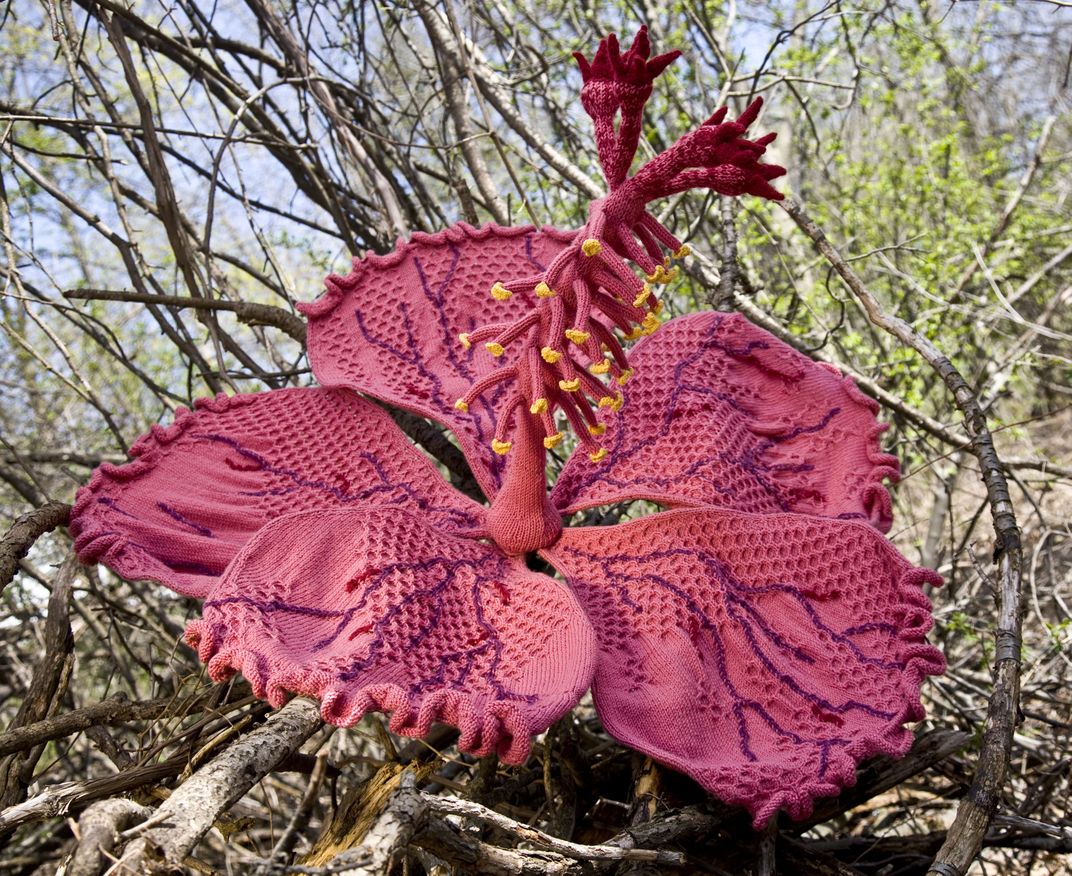
/https://tf-cmsv2-smithsonianmag-media.s3.amazonaws.com/accounts/headshot/megan.png)